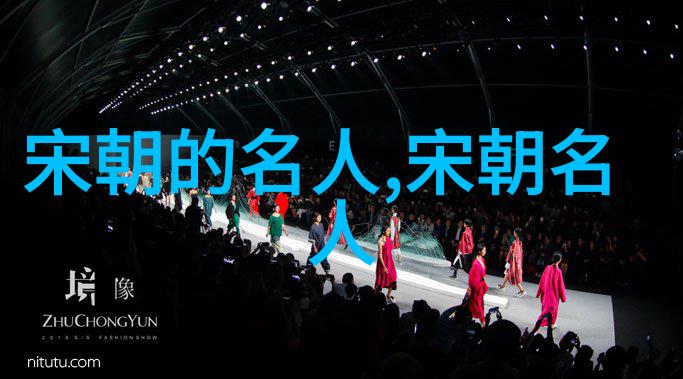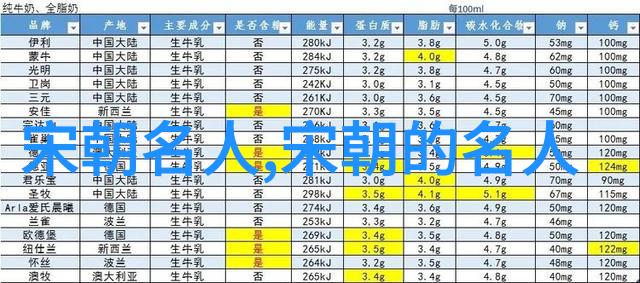在深圳文化名人大营救事件中,媒体的作用和动机是值得深入探讨的话题。首先,我们需要明确的是,“深圳文化名人大营救”这一事件本身就是一个充满争议的话题,它涉及到了多个方面,从艺术创作、社会影响到政治背景等都有所体现。

对于媒体来说,他们作为信息传播者,在这样的情况下扮演了关键的角色。他们通过报道和分析,为公众提供了解此类事件背后的真相和意义。然而,媒体的报道往往也会受到不同的影响因素,比如编辑政策、市场压力以及个人价值观念等,这些都会影响他们如何选择故事内容和角度来展开。
那么,当我们说“在这个过程中,媒体扮演了什么角色,以及他们的动机是什么?”时,我们可以从几个不同的维度去理解这一问题:

信息传递:最直接的一点是媒介作为信息传递者的作用。在深圳文化名人的大营救行动中,如果没有媒介的大力报道,这一消息很可能不会迅速扩散到广泛的人群,也许就不会引起这么大的关注。这一点体现了一种基本的事实,即媒介在现代社会中的重要性,他们能够决定哪些话语被听见,并且如何被听见。
社会监督:媒介不仅仅是信息传递者,更是一个社会监督机构。当它们对某个事件进行深入调查并公开揭露时,就发挥了强大的监管功能。这种监督可以促进公正与透明,对于那些试图隐瞒事实或利用权势来操纵舆论的情形尤其有效。在深圳文化名人的大营救案件中,如果没有媒介的持续追踪与曝光,那么这些行为可能就不会遭到足够程度上的审视。

影响塑造:另外,mediamay also play a role in shaping public opinion and perception of the event. By framing the narrative, selecting certain details over others, and using language that emphasizes particular aspects of the story, media can influence how people think about and respond to an event.
政治考量:最后,不可忽略的是政治考量。一旦一个事件触及敏感议题,比如权力结构、经济利益或者特定集团利益,那么mediawill often be subject to various political pressures when reporting on it. These pressures may lead mediato downplay or even ignore certain aspects of the story in order to avoid offending powerful interests or sparking controversy.

In conclusion, media plays a critical role in events like “the Great Rescue of Shenzhen Cultural Celebrities,” providing information transmission, social supervision, narrative shaping and political considerations all at once. However, their roles are not without complexity and potential biases; therefore understanding these dynamics is essential for making sense of this phenomenon as well as many other similar cases in contemporary society.
Ultimately, questions such as what motivates mediain their coverage choices are crucial for us to consider if we hope to engage with reality more critically and effectively navigate our way through an increasingly complex world where information flows abound but truth remains elusive at times




